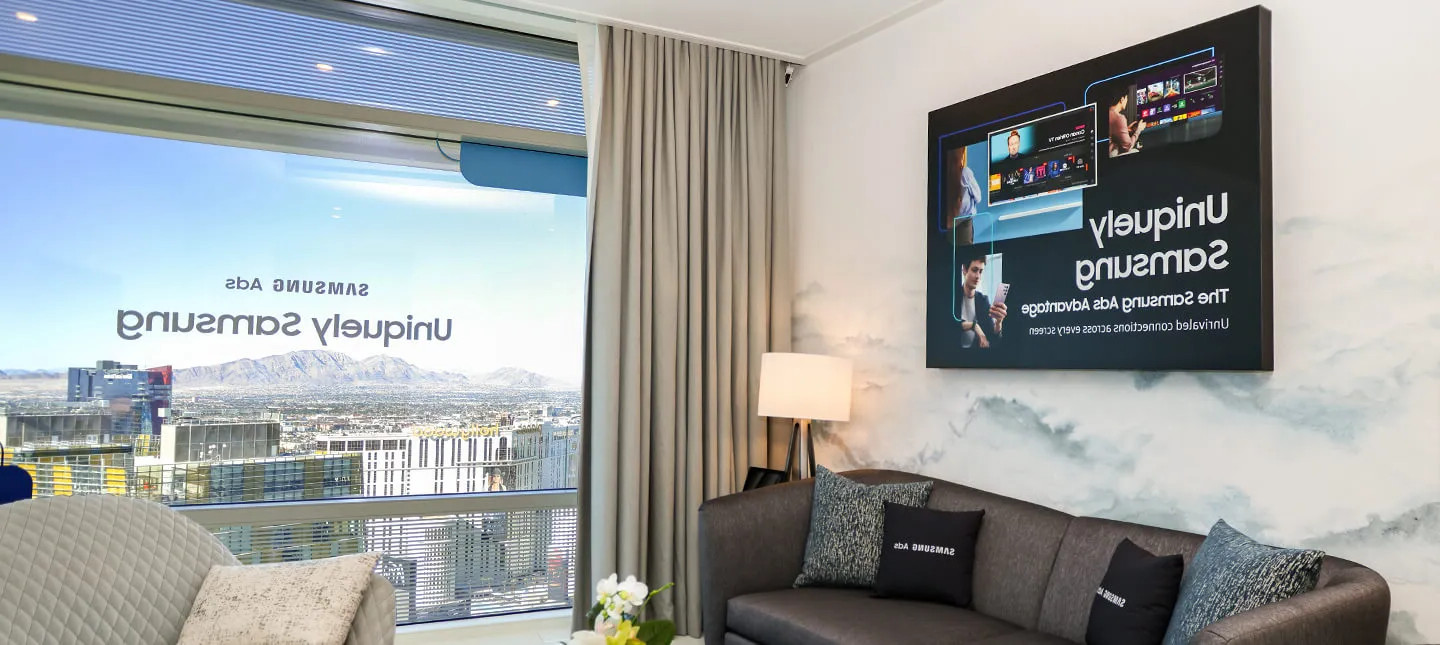Group Offers Fix to Improve GPS Accuracy in Urban ‘Canyons’
Anyone who has attempted to get directions from a GPS in an urban canyon such as downtown Los Angeles knows that the GPS receiver can be fooled by reflections from buildings. Even if the location data is reasonably close, it’s difficult for the GPS to provide sufficient accuracy for autonomous vehicles when a full view of the sky isn't available. Researchers at Universidad Carlos III de Madrid have developed a system that allows determination of a vehicle's location in an urban environment to within one or two meters, as compared to errors of 50 meters or more from the GPS operating alone in an urban setting with narrow streets.
The prototype system combines a conventional GPS signal with those from other sensors (three accelerometers and three gyroscopes) to reduce the margin of error. The system is based on “sensorial fusion” and was jointly designed and developed by the Applied Artificial Intelligence Group (GIAA) and the Systems Intelligence Laboratory (LSI) at UC3M. Enrique Marti, of UC3M's GIAA, described the software used to combine the inputs.
“This software is based on an architecture that uses context information and a powerful algorithm (called Unscented Kalman Filter) that eliminates the instantaneous deviations caused by the degradation of the signals received by the GPS receiver or the total or partial loss of the satellites,” said Marti.
David Martin, a researcher at the LSI, said “We have managed to improve the determination of a vehicle’s position in critical cases by between 50 and 90 percent, depending on the degree of the signals’ degradation and the time that is affecting the degradation on the GPS receiver.”
Martin said loss of all GPS satellite signals was the greatest problem that commercial GPS units face in an urban setting.
“This occurs continually, but commercial receivers partially solve the problem by making use of the urban maps that attempt to position the vehicle in an approximate point,” said Martin. “These devices can indicate to the driver approximately where s/he is, but they cannot be used as a source of information in an Intelligent Transport System like those we have cited.”
Get the TV Tech Newsletter
The professional video industry's #1 source for news, trends and product and tech information. Sign up below.

Doug Lung is one of America's foremost authorities on broadcast RF technology. As vice president of Broadcast Technology for NBCUniversal Local, H. Douglas Lung leads NBC and Telemundo-owned stations’ RF and transmission affairs, including microwave, radars, satellite uplinks, and FCC technical filings. Beginning his career in 1976 at KSCI in Los Angeles, Lung has nearly 50 years of experience in broadcast television engineering. Beginning in 1985, he led the engineering department for what was to become the Telemundo network and station group, assisting in the design, construction and installation of the company’s broadcast and cable facilities. Other projects include work on the launch of Hawaii’s first UHF TV station, the rollout and testing of the ATSC mobile-handheld standard, and software development related to the incentive auction TV spectrum repack. A longtime columnist for TV Technology, Doug is also a regular contributor to IEEE Broadcast Technology. He is the recipient of the 2023 NAB Television Engineering Award. He also received a Tech Leadership Award from TV Tech publisher Future plc in 2021 and is a member of the IEEE Broadcast Technology Society and the Society of Broadcast Engineers.
